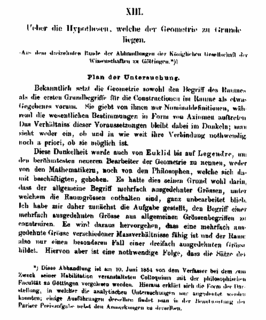Let proportion be found not only in numbers, but also in sounds, weights, times and positions, and whatever force there is.Leonardo Da Vinci
 |
| The Mandelbrot set, seen here in an image generated by NOVA, epitomizes the fractal. Photo credit: © WGBH Educational Foundation |
"Clouds are not spheres, mountains are not cones, coastlines are not circles, and bark is not smooth, nor does lightning travel in a straight line." So writes acclaimed mathematician Benoit Mandelbrot in his path-breaking book The Fractal Geometry of Nature. Instead, such natural forms, and many man-made creations as well, are "rough," he says. To study and learn from such roughness, for which he invented the term fractal, Mandelbrot devised a new kind of visual mathematics based on such irregular shapes. Fractal geometry, as he called this new math, is worlds apart from the Euclidean variety we all learn in school, and it has sparked discoveries in myriad fields, from finance to metallurgy, cosmology to medicine. In this interview, hear from the father of fractals about why he disdains rules, why he considers himself a philosopher, and why he abandons work on any given advance in fractals as soon as it becomes popular. A Radical Mind
As I watch the dialogue between Bruce Lipton and Tom Campbell here, there were many things that helped my perspective understand the virtual world in relation to how the biology subject was presented. It is obvious then why Bruce Lipton likes the analogies Tom Campbell has to offer. The epiphanies Bruce is having along the road to his developing biological work is very important. It is how each time a person makes the leap that one must understand how individuals change, how societies change.
Okay so for one, the subject of fractals presents itself and the idea of process fractals and Geometry Fractals were presented in relation to each other. Now the talk moved onto the very thought of geometry presented in context sort of raised by ire even though I couldn't distinguish the differences. The virtual world analogy is still very unsettling to me.
So ya I have something to learn here.
I think my problem was with how such iteration may be schematically driven so as toidentify the pattern. Is to see this process reveal itself on a much larger scale. So when I looked at the Euclidean basis as a Newtonian expression the evolution toward relativity had to include the idea of Non Euclidean geometries. This was the natural evolution of the math that lies at the basis of graduating from a Euclidean world. It is the natural expression of understanding how this geometry can move into a dynamical world.
So yes the developing perspective for me is that even though we are talking abut mathematical structures here we see some correspondence in nature . This has been my thing so as to discover the starting point?
 |
| A schematic of a transmembrane receptor |
It the truest sense I had already these questions in my mind as I was going through the talk. The starting point for Bruce is his biology and the cell. For Tom, he has not been explicit here other then to say that it is his studies with Monroe that he developed his thoughts around the virtual world as it relates to the idea of what he found working with Monroe.
So it is an exploration I feel of the work he encountered and has not so far as I seen made a public statement to that effect. It needs to be said and he needs to go back and look over how he had his epiphanies. For me this is about the process of discovery and creativity that I have found in my own life. Can one feel so full as to have found ones wealth in being that you can look everywhere and see the beginnings of many things?
This wealth is not monetary for me although I recognized we had to take care of or families and made sure they were ready to be off on their own. To be productive.
| The Blind Men and the Elephant John Godfrey Saxe (1816-1887) |
These epiphanies help us to the next level of understanding as if we moved outside of our skeletal frame to allow the membrane of the cell to allow receptivity of what exist in the world around as information. We are not limited then to the frame of the skeleton hardened too, that we cannot progress further. The surface area of the membrane then becomes a request to open the channels toward expansion of the limitations we had applied to ourselves maintaining a frame of reference.







